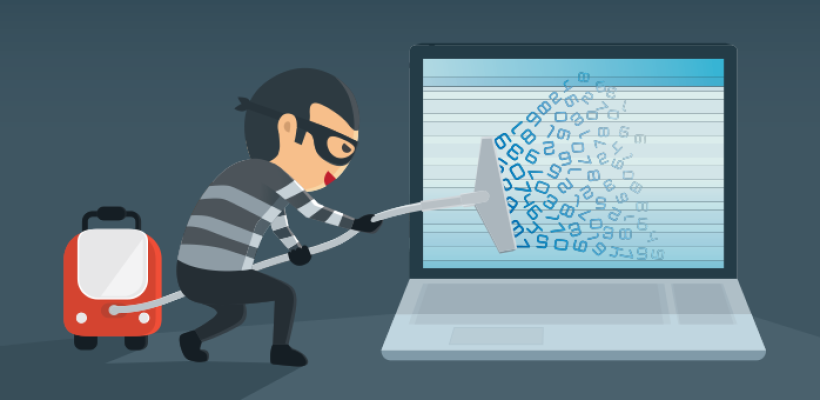How to arm your employees against sophisticated cyber attacks

Time and again, various vulnerabilities are being discovered to hurt the IT services industry in more ways than one. Think of how much impact and money you’ll be reeling from as your business or IT operations suffer from one or more cyber attacks such as data breaches, theft of intellectual property, or malware attacks.
In the face of these crimes, employees could play a significant role in identifying and preventing cyber issues within your organization. Ironically, this very same line of defense is prone to collapse, as a number of cases prove, due to human error, as well as employee malpractices and misbehavior.
Good news is, you can control security incidents from rising by equipping your employees with a proper cyber security mindset.
Cyber Security Lessons to Teach Your Employees
How do you get your employees to adopt a culture of cyber security and vigilance? Use the list below to educate your employees about basic principles in cyber security.

- Security guidelines need to be enforced at all times.
Employees should understand how important it is to keep the organization’s data and systems secure. Along with this, they need adequate education and training in various aspects of cyber security—from the handling of data to implementing security policies to initiating disaster recovery so they’ll be able to see the bigger picture of, say, opening a suspicious link or email attachment.
- Choose private networks over public ones.
As much as possible, meetings should be held within office premises instead of public places such as coffee shops or restaurants that offer free Wi-Fi connection on public networks. The odds are great that public networks are more vulnerable to illegal cyber activities, which you don’t have control over.
If off-site meetings can’t be avoided, equip your employees with dedicated, secure mobile devices that have been configured according to how they should be used.
- Never divulge work systems on social media.
Social media is all about sharing, but not for work-related information that hackers might take advantage of. Be sure to brief employees on posting photos, videos, or other media files that might reveal more than what should otherwise be a simple post.
Advise your employees to keep their private account as it is, not to be linked to your corporate account. Limiting the use of social media apps on corporate networks to an exclusive team is another viable option.
- Manage mobile devices and apps.
You need to explain to your employees how your mobile device policy works. For one, you could demonstrate how accessing company information or downloading web content on their mobile device paves the way for attackers to gain entry into the corporate network and possibly launch a malicious attack.
Share with employees how app developers are always working on security patches, which means almost every app has certain vulnerabilities to it.
- Stay organized.
Communicate the need to stay organized by using a password management system or cloud services for backing up data.
Warn employees about the serious consequences of being careless and ignoring security practices.
- Communicate anything that’s out of the ordinary.
Any irregularities or discrepancies regarding how current systems are working or behaving should be related to the IT department. This also includes reporting websites that are asking for additional information than what is usually required.
- Everybody is accountable.
When all stakeholders are actively participating in a security awareness program, employees will feel more motivated to do their part. Managers, executives, and consultants should openly comply with the organization’s security measures. You can’t expect your staff to be paying attention to security protocols if nobody is leading by example.
As they say, your company’s security is only as strong as your weakest link, in reference to employees who either directly or indirectly cause cyber security mishaps.
Employee awareness of security risks and a resolve to safeguard your systems and data can surely go a long way, but you got to start the ball rolling.